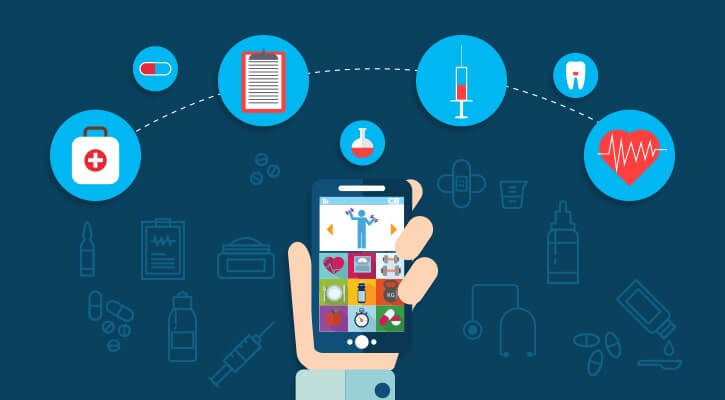The Internet of Things (IoT) is one of the fastest-growing areas in the IT universe. Just look at the numbers: in 2019, the total volume of this market was $388 billion, and by 2030 analysts predict that the global capitalization of the IoT will exceed a trillion dollars. Moreover, household consumers account for more than a third of all IoT devices in the world. The second and third places in this list are occupied by intelligent nets and onboard computers of cars, respectively.
Obviously, with such widespread distribution of purely software and hardware solutions in the IoT and multi-level communication of each device with different networks, protocols, and platforms, testing them becomes an arduous and responsible task.
Confronting the challenges
Undoubtedly, the complexity of Quality Assurance (QA) activities requires specialized knowledge, comprehensive experience, and expensive high-tech equipment that many cannot boast today. The successful implementation of such operations is within the power of only large companies, such as TestFort, which have all the necessary appliances and a staff of highly qualified experts.
The specific ideology and architecture of IoT devices make QA engineers need to develop specific approaches to testing. Every IoT device consists of four main elements:
- sensors
- control application
- network communication devices
- server.
Each of these elements assumes a different QA strategy and sets specific requirements for app usability. Testing each of the listed positions is thus divided into the following directions.
-
Sensors
- Interaction of hardware and software components.
- The sensitivity of each sensor and its response time.
- The presence of an error filter and a way to handle them.
-
Control application
- Intuitive comprehensibility of the application, UX interface.
- Necessary and sufficient functionality.
- The presence of a multi-user mode and the separation of access levels.
- The number, speed, and accuracy of processing simultaneous requests.
-
Network communication devices
- The speed and reliability of your network connection.
- Interaction with other devices connected to the network.
- The method of data transmission, including the formation of backup packets to avoid information loss.
-
Server
- Protection of transmitted data from interception. The presence and reliability of packet encryption elements and the correctness of their disclosure at the point of destination.
- Reconciliation of the received data, the speed of their processing, and interpretation.
Even from this shortlist, it can be seen that adequate verification of IoT devices requires the coordinated work of a whole staff of specialized experts and can be carried out within a reasonable time and with a guaranteed quality only in specialized quality assurance agencies.
In particular, contacting the most recognized QA companies allows you to take full advantage of the benefits of dynamic testing. This complex hardware and software testing is set under conditions that fully reproduce the proposed ones. At the same time, the device is checked for a variety of parameters at each stage. The key steps in dynamic testing are called black and white box testing in professional jargon. QA experts determine the optimal testing strategy for each device and conduct unit, integration, and system testing of the IoT device within these software testing projects.
Breakthrough in technology
In addition to the complex challenges posed to testers by the Internet of Things, it is worth talking about how the development of the IoT affects the emergence of new solutions in the high-tech world.
Users are becoming more demanding and impatient, their requests are growing, and developers have to solve more and more new problems. In particular:
- Increasing the autonomy of devices while maintaining their compact size.
- Form factor optimization. Expanding the list of device capabilities implies the integration of new modules into them without sacrificing ease of use.
- Radiofrequency purity. With an abundance of IoT devices, their “over the air” problems inevitably occur. The issue of maintaining the purity and strength of the signal as it passes between the transmitter and receiver is of particular relevance.
- Safety. It is even difficult to imagine how much sensitive data is transmitted every second by IoT devices. Their protection is the primary concern of manufacturers.
Summarizing what has been said
It is logical that as IoT devices develop and become more complex, the role of QA engineers and quality assurance agencies will grow many times over, and their technical arsenal will improve. And this opens up new, previously unseen horizons, both for users and the IT business.
Follow Techrado for more!





